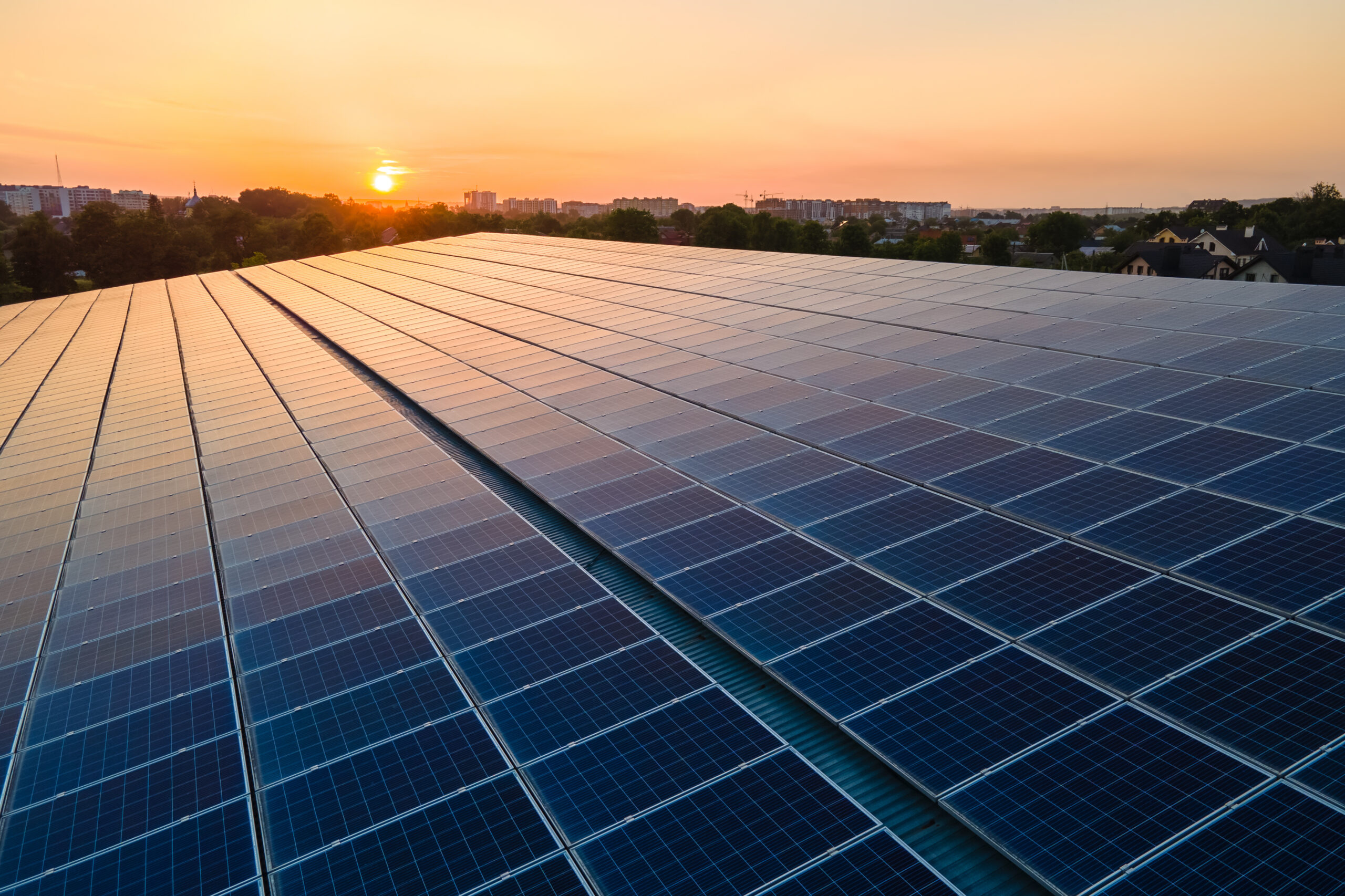The Power of a Roof
The Power of a Roof
By Dan Holly
The main mission of Shiloh Temple International Ministries is to advance Biblical principles, like any Christian church. But when the Minneapolis, MN, church was approached with the idea of installing solar panels on their roof to serve the surrounding community, the idea fell on fertile soil.
Head Pastor Richard D. Powell Jr. saw merit in the idea, particularly because it could be helpful to the community, a neighborhood in north Minneapolis with many low-income residents.
“It’s important that the faith community be supportive of solar-powered energy because the mission of the church is to be a lighthouse for the community,” Rev. Howell said.
It was really a matter of square footage that the church was chosen for the project. “We chose Shiloh Temple because they had a huge roof,” explained Julia Nerbonne, executive director of Minnesota Interfaith Power & Light, a group that, according to its website, “works in partnership with multifaith communities and all Minnesotans to co-create a just and sustainable world.” Shiloh also happened to be in a community where Minnesota Interfaith Power and Light had other ongoing projects.
The group partnered with Cooperative Energy Futures, a Minneapolis-based nonprofit whose mission is “to empower communities across Minnesota to build energy democracy through solutions that are clean, local, and ours.” Together, the two groups helped Shiloh develop a solar array on the church’s rooftop — 630 panels that provide 204 kilowatts of power. It opened in 2017.
The array of panels provides power to neighborhood residents who subscribe to it; currently, 25-30 homes are subscribers. The cost is lower than residents pay for traditional sources of energy.
That was good news for neighborhood residents such as Noy Koumalasy.
“To me and my family it means an awesome opportunity,” Koumalasy said. “Once we subscribed to the Shiloh array it was definitely less bills for me.”
The project also provided jobs for some residents; one requirement of the project was that the installation team be at least 50 percent people of color.
Keith Dent, resident of the north Minneapolis neighborhood where the church is located, worked on installing the solar panels.
“Working on this solar garden especially feels wonderful being that I’m a resident of north Minneapolis and I’m a subscriber to the actual solar array,” Dent said.
Edward Owens of the St. Paul NAACP sees the project as a boon for the community.
“Solar energy is an opportunity for us to move forward,” Owens said. “Solar energy is an opportunity for the community to work together.”
The project had benefits beyond saving money and helping the environment, according to Nerbonne. “One of the cool things about this project is that Masjid An Nur, a mosque, and Shiloh Temple, a large African-American church, are working together to make this happen,” she said.
The solar array provides energy to both Shiloh Temple and Masjid An Nur in addition to community residents.
Imam Mohammed Dukuly said the mosque is “proud to be part of this process.” He added: “We believe that this process will restore economic justice to this community.”
Interfaith cooperation and understanding is another benefit of the project, Rev. Howell said: “Isn’t it amazing that we can get along? We may have different viewpoints and ideologies, but isn’t amazing how we can work together and make a difference in the community?”
NOTE: Comments from Pastor Richard Howell, Imam Mohammed Dukuly, Noy Koumalasy, Edward Owens and Keith Dent were taken from a YouTube video produced by Minnesota Interfaith Power & Light.
This story is part of Lake Institute’s story collection, the Faithful Generosity Story Shelf, which highlights congregations and other religious organizations who have sought to use their assets and resources in creative—and sometimes surprising—ways as an expression of faithful giving.
Each entry in our Story Shelf is short enough to be read and discussed during a committee meeting or other group gathering. Our hope is that these accessible vignettes will spark new questions, conversation, and imagination among clergy and laity about what might be possible with the funds, buildings, land, and other resources in their care. If you know a story that should be included in the Story Shelf, suggest it here.
Subscribe
Insights, a bi-weekly e-newsletter, is a resource for the religious community and fundraisers of faith-based organizations that provides:
- Reflections on important developments in the field of faith and giving
- Recommended books, studies and articles
- Upcoming Lake Institute events

